The lighting of school facilities and sports facilities should ensure adequate visual comfort and enable students to study freely and employees to have good working conditions. What are the rules for selecting lighting in schools and which Modus lighting fixtures are worth choosing?
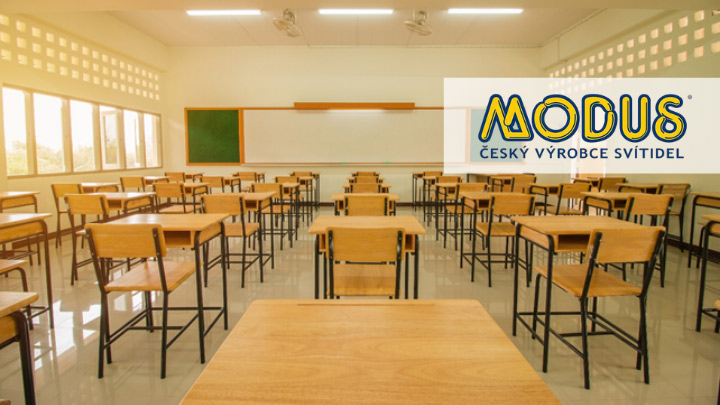
In this article you will read about:
About the rules for selecting lighting fixtures in classrooms, sports halls, locker rooms, corridors and other rooms of school facilities. You will also read an overview of Modus lighting fixtures recommended for use in teaching facilities.
What are you looking for?
Check out Modus lighting at the Onninen wholesaler
Principles of selecting lighting in schools
Improperly selected lighting fixtures and light sources may lead to difficulties in concentration, cause fatigue, fatigue, dizziness, and may also cause visual impairments among students and school employees. Lighting in school classrooms should ensure a low glare factor, high uniformity and at the same time the highest possible light efficiency. Lighting conditions in schools should be designed in accordance with the recommendations and requirements of the Polish standard PN EN 12-464-1. This standard regulates in detail the intensity of illumination, its uniformity, color temperature and the degree of color rendering Ra.
According to the PN EN 12-464-1 standard, the illumination intensity in the working plane - i.e. at the level of 0.85 m from the ground - should be not less than 300 lx. In the case of evening study rooms, art, technical and laboratory rooms, as well as in the area of classrooms, the lighting intensity should be above 500 lux. The uniformity of lighting in the working area is also important and should be Uo > 0.7-0.6. Light sources with a color temperature of around 4000°K and a color rendering degree of Ra of over 80 should be used to illuminate classrooms.
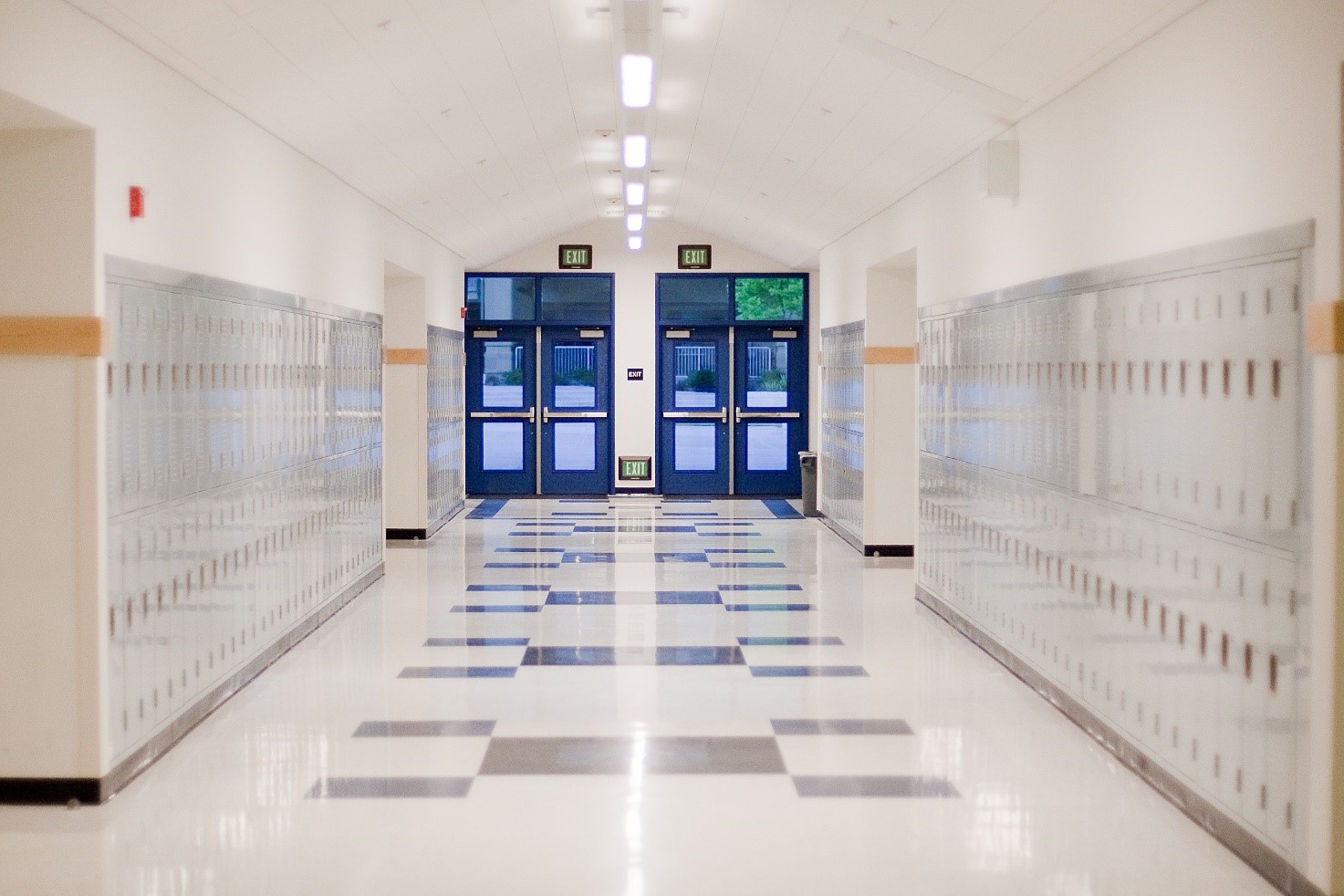
When designing appropriate lighting conditions, the surroundings of classrooms and studios are also extremely important. Benches, desks, tables, chairs, as well as the surfaces of ceilings, walls and floors must not cause glare, i.e. ensure a high UGR reflection coefficient.
The most commonly used fixtures in classrooms are raster fixtures. They ensure optimal light distribution, reduce glare and guarantee high luminous efficiency. Fixtures with individual optics are also increasingly used - e.g. Modus EPD and ED fixtures. They allow for high luminous efficiency of 163 lm/W, a very low UGR glare index, and easy installation. Luminaires with individual, asymmetric optics - such as Modus ASTA - are also perfect for illuminating school boards.
Check out Modus lighting at the Onninen wholesaler
Rules for selecting lighting for sports halls, locker rooms, corridors and toilets
In the design and selection of lighting for sports and gymnasiums, the recommendations contained in the PN-EN 12193 standard are used. They define the minimum requirements for optimal visibility conditions in sports facilities. Lighting conditions in sports and gymnasiums must enable users to easily determine shape, color and distance. These conditions are ensured by the appropriate level of intensity, uniformity of lighting and a minimum glare factor. In addition, the visibility in halls is influenced by the color of the light, the color rendering index, and - importantly - the resistance of the luminaires to mechanical damage.
An example of lighting fixtures that are ideal for sports and gymnasiums, corridors or locker rooms are the Modus Megal series fixtures. These luminaires are made of a nano-prismatic polycarbonate diffuser with a DIN VDE 0710-13 certificate and provide excellent mechanical resistance while maintaining optimal lighting parameters. The structure of the frames easily withstood the test of 36 ball impacts with a speed greater than 60 km/h from 3 different directions.
Luminaires in toilets, cloakrooms and corridors should additionally ensure a high degree of IP tightness. An example would be Modus KX luminaires with a protection class of IP 54, which ensure uniform light distribution.
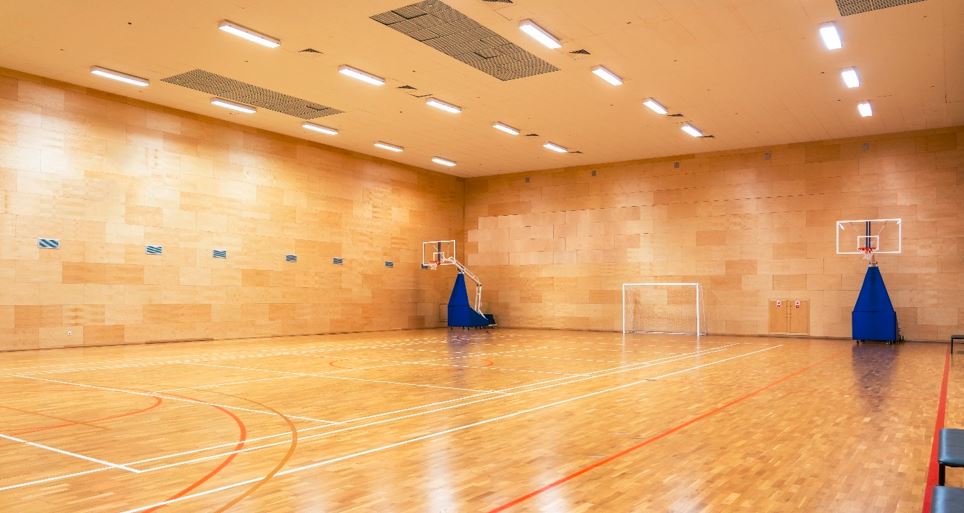
Read more about lighting design with Onninen
Overview of MODUS lighting fixtures
EPD and ED mode
Modus EPD and ED lighting fixtures combine attractive design with extremely high luminous efficiency (163 lm/W). The luminaires are equipped with individual optics and can be surface-mounted or suspended. They are produced in numerous shapes and variants, have a low UGR index of less than 19 and allow the LED module and power supply to be replaced during operation.
These luminaires are also available in a variant with one LED module as a luminaire replacing popular downlight luminaires. It provides a luminous flux of 1000-2700 lm from the luminaire.
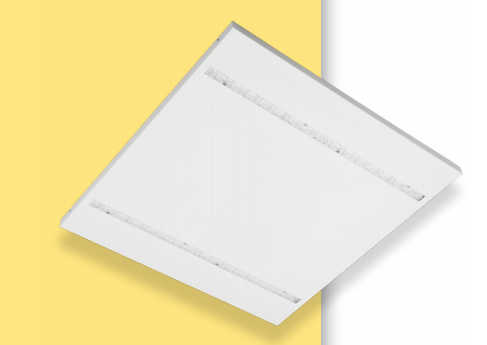
Check out Modus EPD luminaires in Onninen
LLL modus
Modus LLL fixtures are made of steel sheet and optics in the KV variant (cat. C2 optical system made of polished aluminum) or KVM (cat. C2 optical system made of matt aluminum). Luminaires intended for suspension or surface mounting.
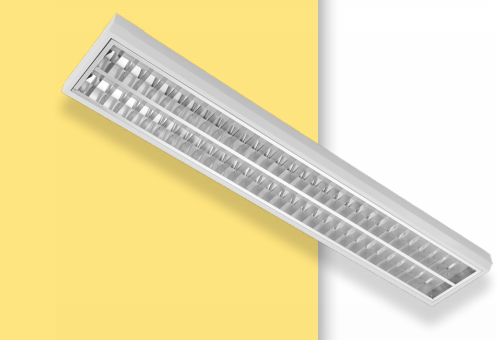
ASTA mode
Luminaires with an asymmetric reflector designed to illuminate school boards. The body is made of steel sheet and the reflector is painted with paint ensuring high reflectivity and significant luminous efficiency. Luminaires designed for suspended, pendant and surface mounting.
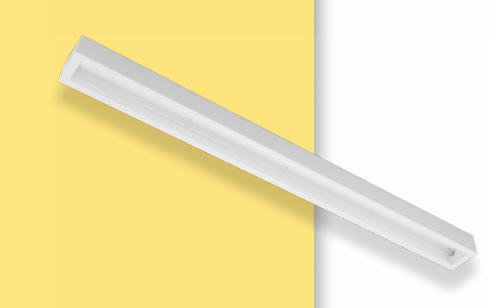
Modus KX
Modus KX luminaires are ideal for illuminating corridors and utility rooms in schools, kindergartens and nurseries. They ensure a high degree of protection IUP 54, uniform light distribution and lighting quality. Luminaires designed for surface and suspended mounting.
BRSB mode
Modus BRSB luminaires offer an attractive and practical shape, a higher IP 44 protection level and optimal lighting parameters for illuminating sanitary and social rooms, corridors and cloakrooms.
